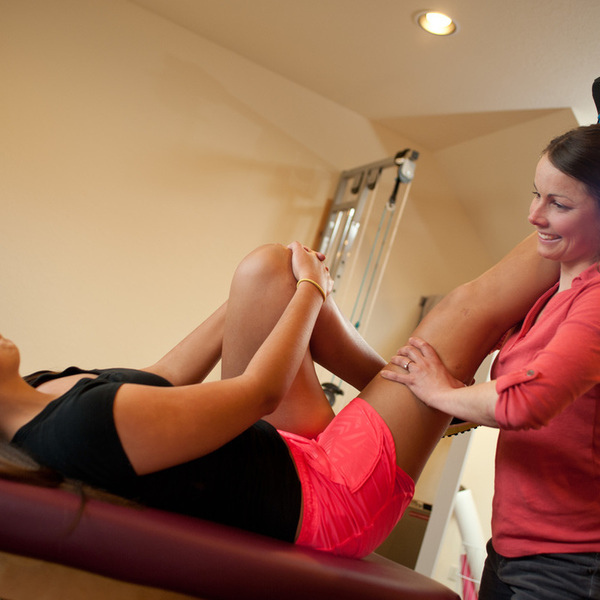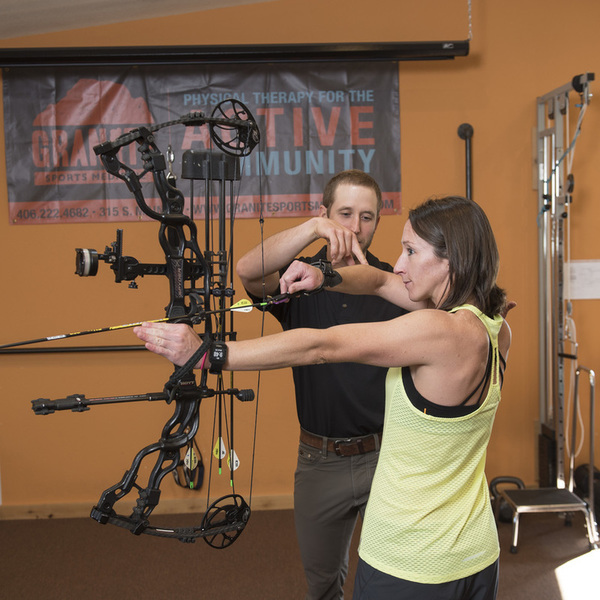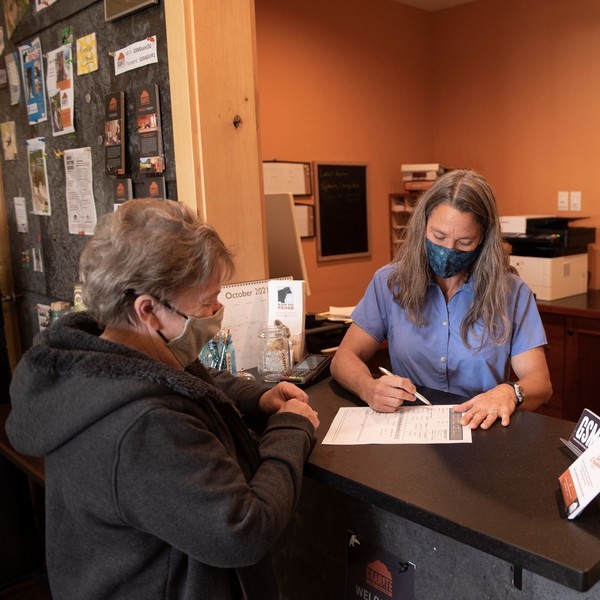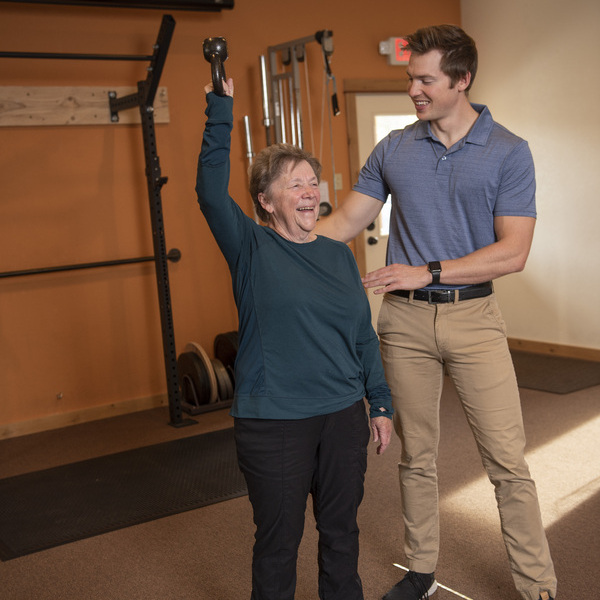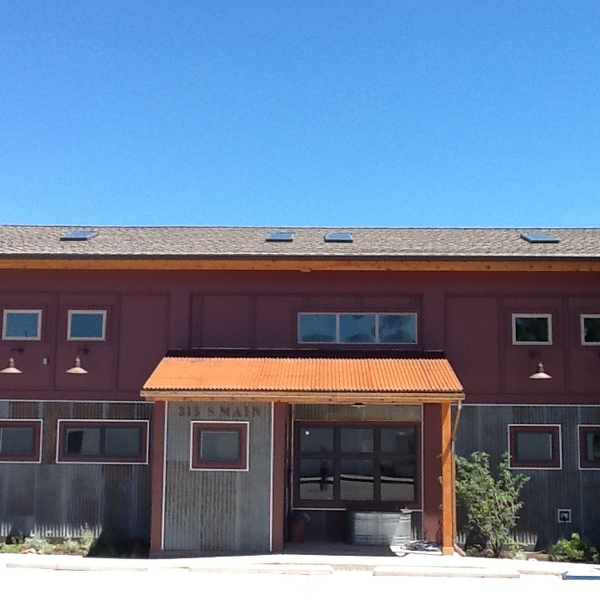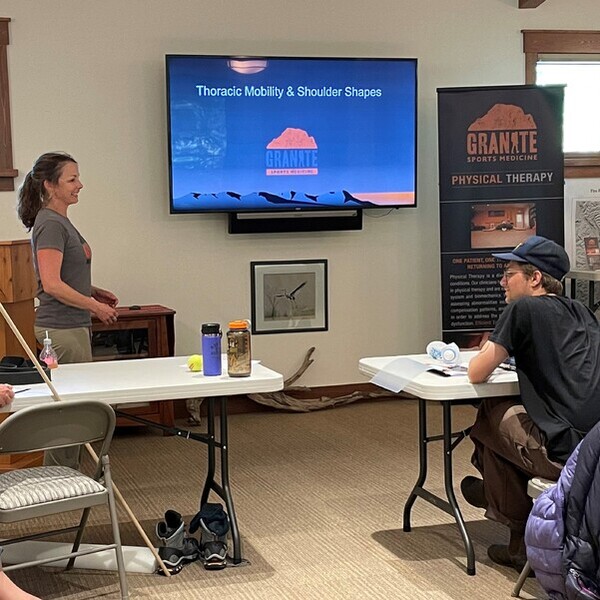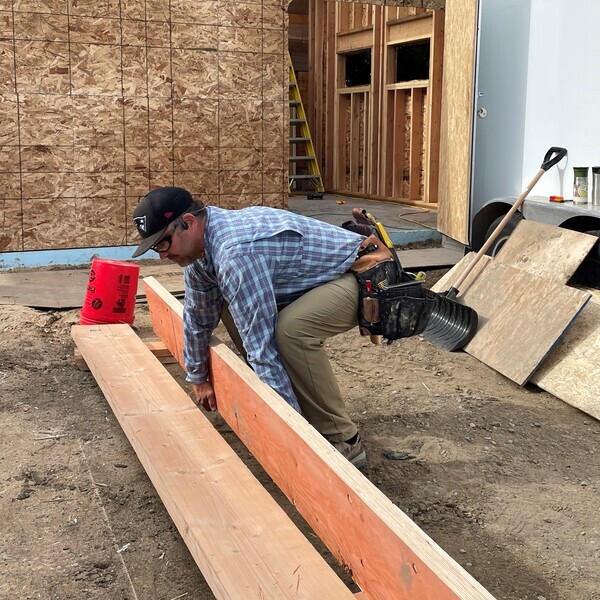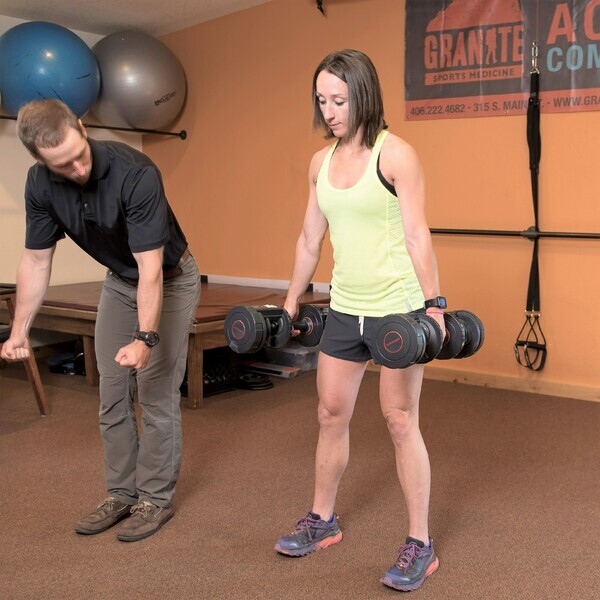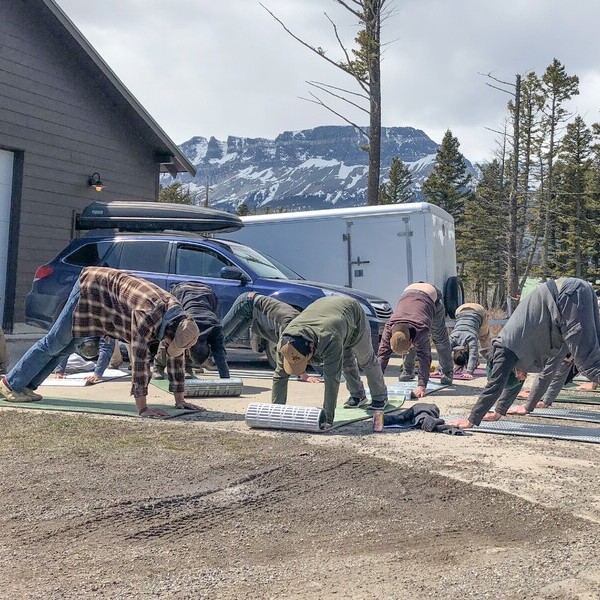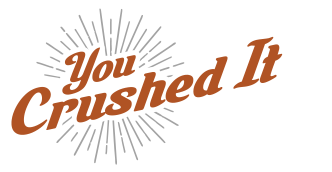I have a history of struggling with my own breath, from feeling short of breath with silly things like carrying the laundry up the basement stairs to experiencing asthma attacks that started in middle school during athletic activities. While working out and trying to stay in good shape, I would often hear myself use my “weak lungs” as an excuse for not performing at as high of a level as I wanted. As a PT, when I’m treating pelvic floor dysfunction or back pain, often I see a driver of that pain being our lack of ability to brace our abdominal wall and properly activate our core so that we can stabilize ourselves and breathe.
How often do you catch yourself holding your breath because of stress, being in an awkward position or lifting something heavy? Holding your breath is an incredible tool for heavy lifting when performed properly because it allows us to increase the tension in our abdomen four-fold therefore protecting our backs. However, more often we are not bracing our spine properly which can lead to instability and more problems. Instead of creating and controlling the increased tension in our abdominal wall, our body finds a weak spot and creates dysfunction such as urinary leakage, flatulence at the bottom of a squat, a hernia in our abdominal wall or groin, or basic mechanical low back pain.
Utilizing our breath and optimizing our diaphragm is a key component to activating our core and bracing our spine. I often cue clients to use an exhale breath so we can feel the core tension which helps us understand and connect with our deep bracing muscles. A tool I often use during the day is fully exhaling (breathing out until I have no more breath) and noting the tension that builds in my core. I try to maintain the tension in my core while I breathe in through my nose. Give it a shot and see if you can do it 5 times in a row, 10 times or 5min!
With proper control of our breath, we can control the pressure in our abdomen, improve digestion, sexual function, and even change our heart rate and stress levels. At GSM, we have started shifting our treatment techniques to start with breath and abdominal bracing when we identify these issues. It may be frustrating at first to have to “learn to breathe again,” but these small changes can make a huge impact in your overall wellness.
-Written by Dr. Alison Shannon-Lier, DPT
 Call 406 222 4682
Call 406 222 4682 Text 406 222 4682
Text 406 222 4682 Get Directions
Get Directions Instagram
Instagram  You Tube
You Tube 
